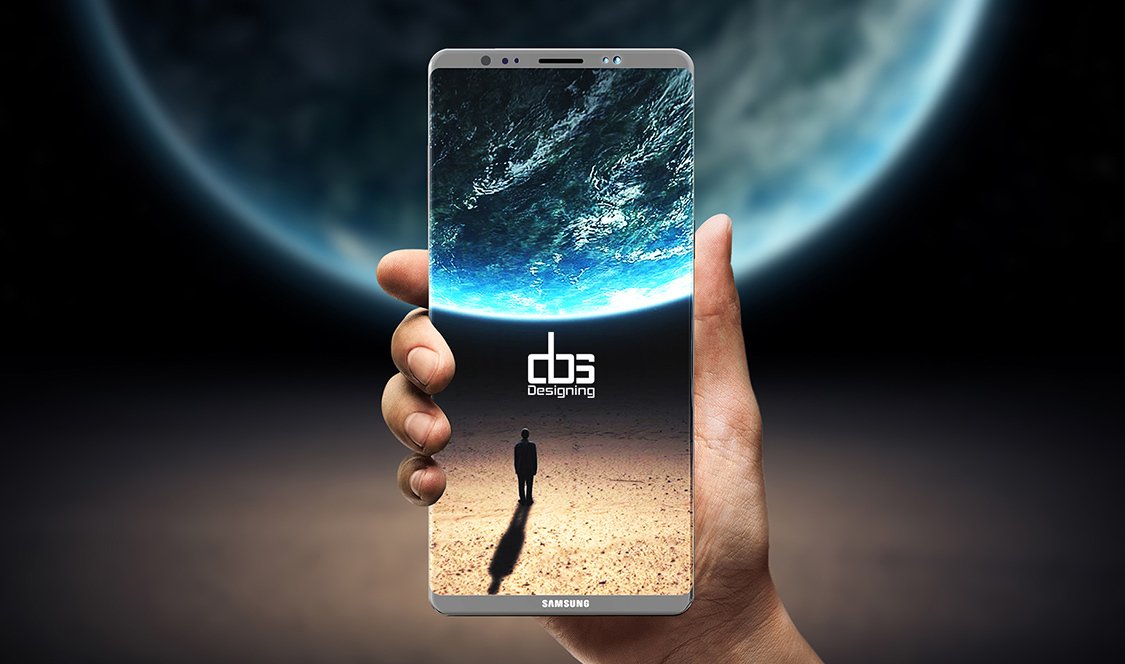As bezels get narrower, smartphone displays get trickier. As companies are racing against each other to launch the first truly bezel-less smartphone, a number of difficulties are coming before them that they need to overcome.
And as you may expect, the difficulties are related to those tiny sensors, lenses and speaker on the top. Where to hide them, and how to hide them! How to fit them in a space as narrow as possible, without spoiling their functionality or making them easily breakable? These’re the questions of the year for top smartphone makers around the world.
But now there’s a possibility that Samsung has found an answer to these questions. One of its patents recently filed with World Intellectual Property Organization (WIPO) shows how it plans to build small holes into the display itself to hide the camera lens, proximity sensor and speaker behind it. These tiny holes can allow the company to bypass the need of notch or top bezel and build a smartphone that’s all display on the front.
The patent also describes how text will be wrapped around the holes, but if users wish, they will also have the ability to shrink the viewing area of screen just as iPhone X allows its users to do. The biggest beneficiaries of this new display, however, will be videos and other media content, which will look absolutely gorgeous on an all-screen smartphone.
Now, the implementation of this patent in a real product may still be far away, but it seems like a practical (and better) alternative to the notch. So, is Apple doomed if Samsung implements this? Not that quickly.
Apple has its own ways…
While Samsung might’ve found a way of bypassing the notch, another patent filing suggests that Apple is also on to something big. A patent leaked last year suggests how company was planning to hide the speaker, sensors and lenses behind extremely tiny perforations in the display. The perforations will be so tiny that they won’t be visible to the human eye.
Now, of course this sounds more complicated than Samsung’s plan, and it also failed to materialize into iPhone X. However, Apple has had a solid track record of doing complicated things, so who knows if they can implement it perfectly in a few years? That will certainly mean some serious trouble for Samsung.
So it will be very interesting to see how these two tech titans get around the requirement of notch or top bezel in the coming days. For now we know that the notch or the top bezel, depending on the preferences of companies, are here to stay for one-two generations at least.
